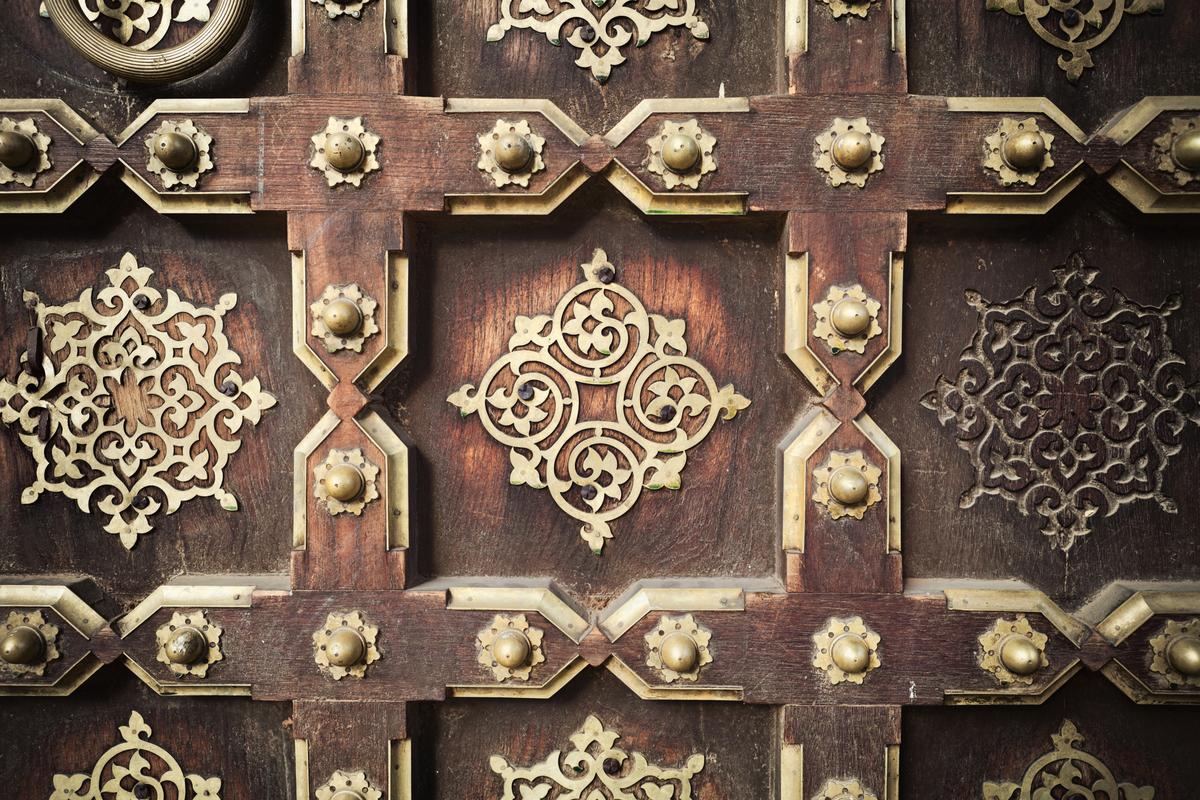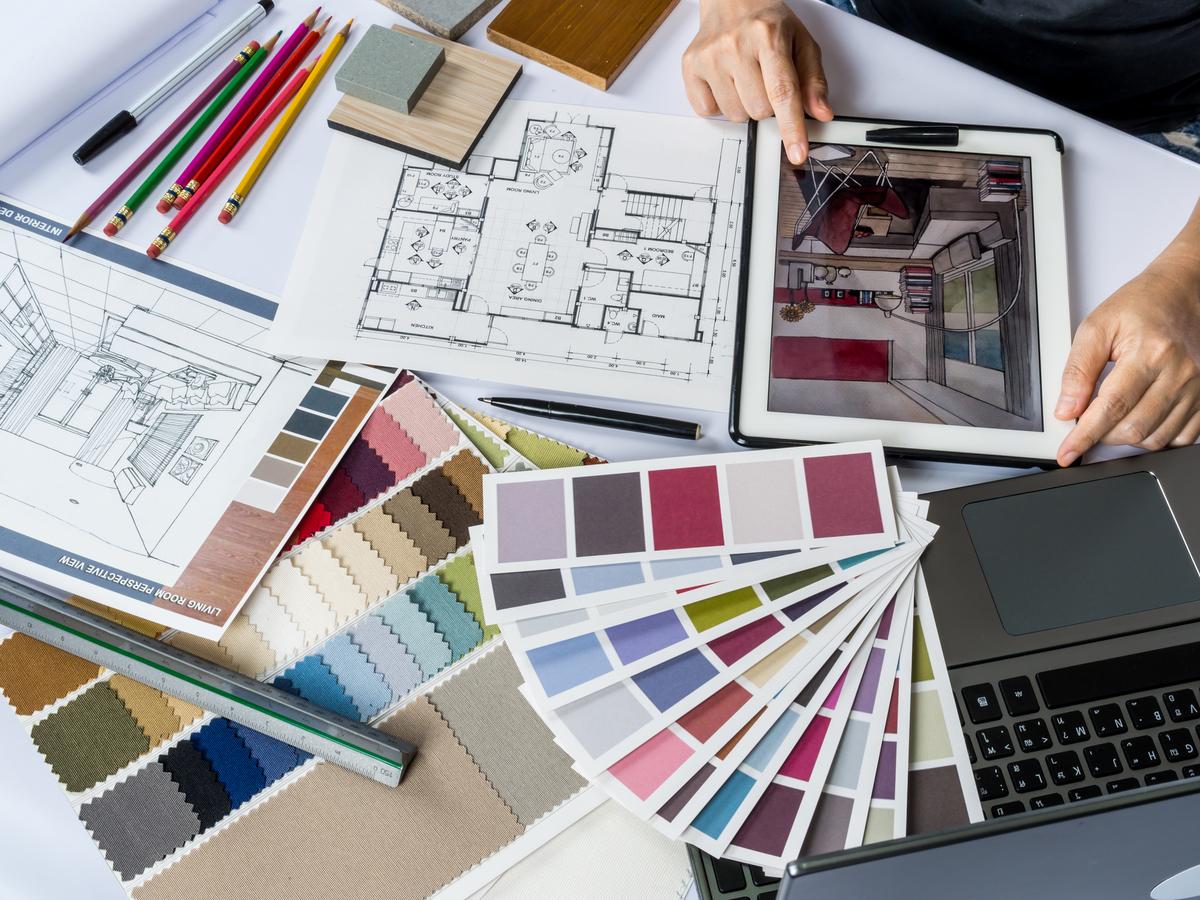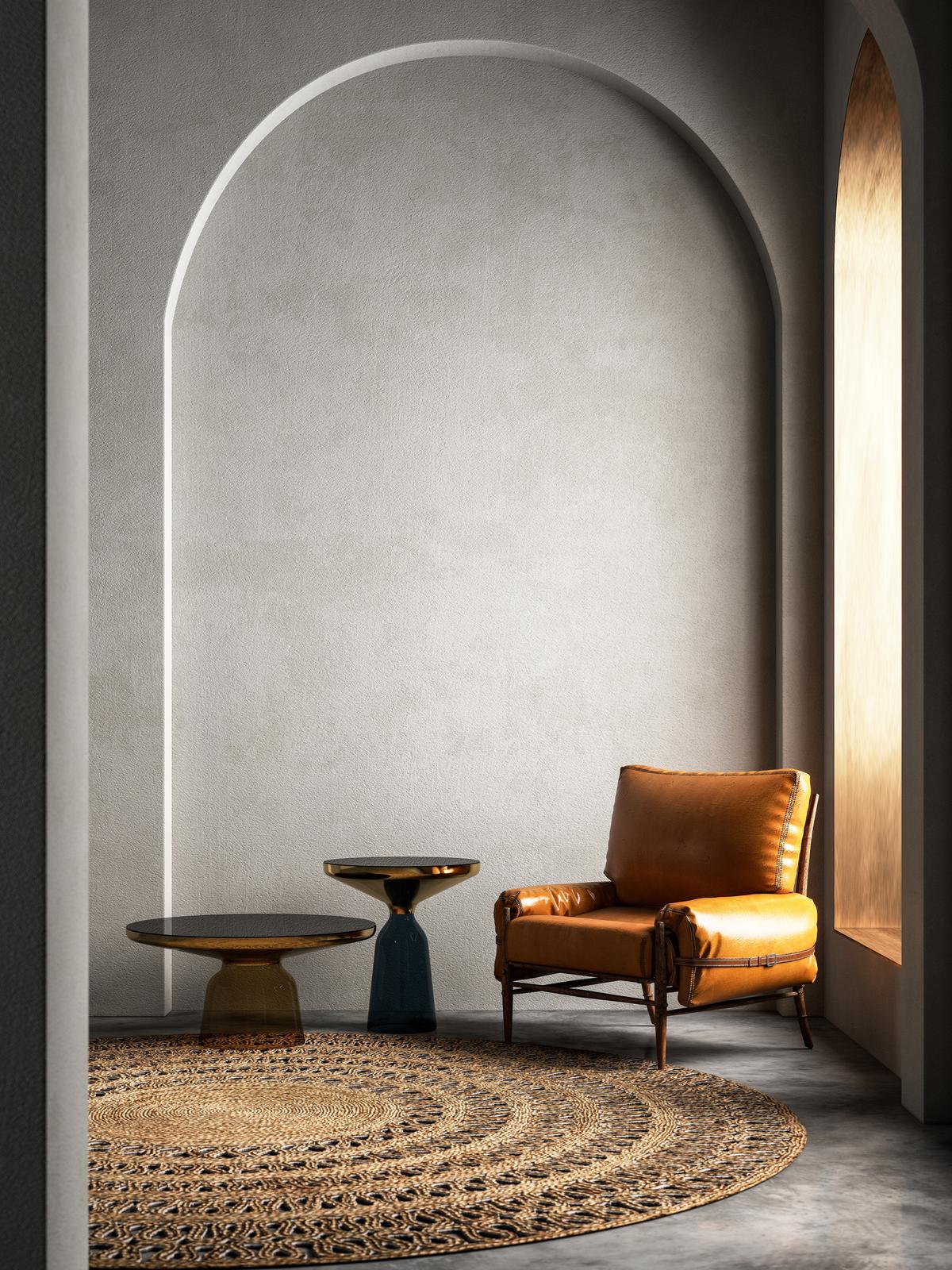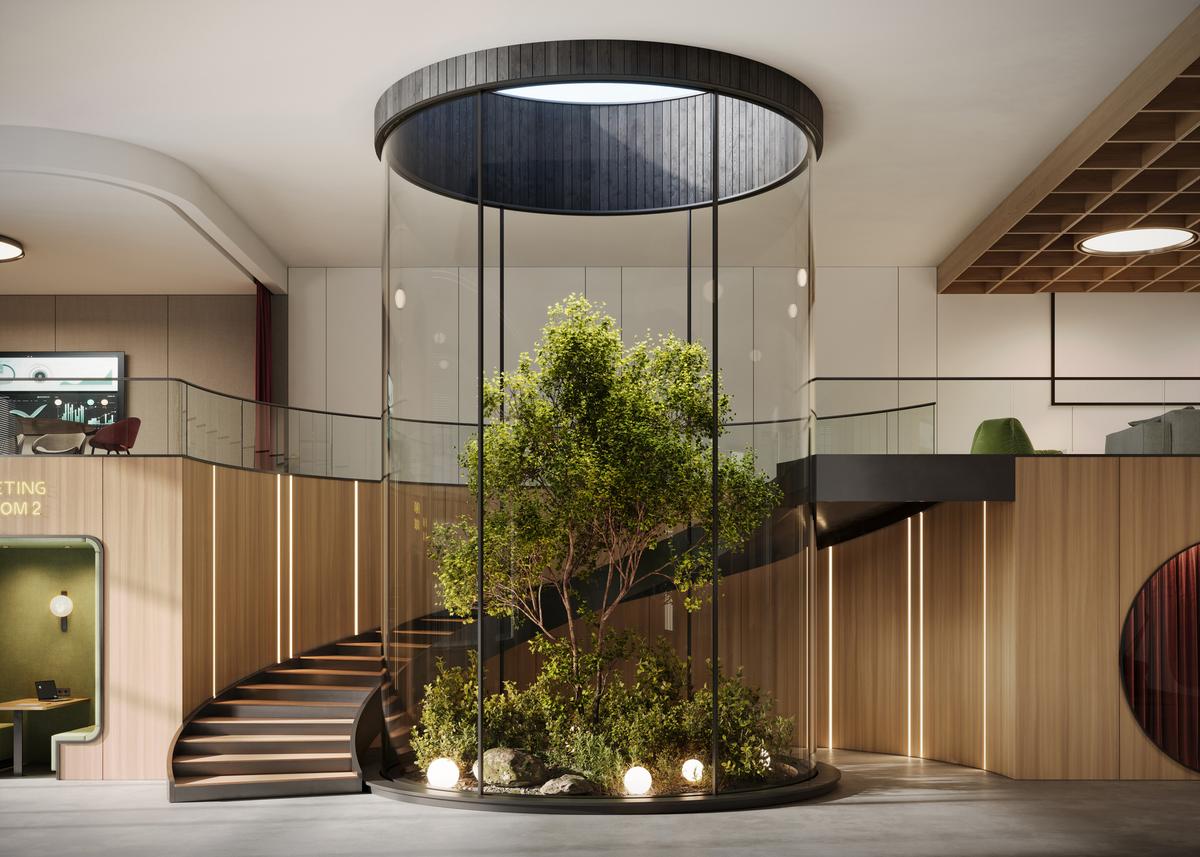Elaborate patterns of Rajput architecture
| Photo Credit: Getty Images/istock
From the intricate woodwork of Rajasthan to the terracotta artistry of Bengal, Indian architectural elements are deeply influenced by regional crafts and historical dynasties, creating spaces that are both beautiful and culturally meaningful. The magic of design also lies in its ability to blend the past with the present. This approach preserves cultural heritage while adapting it to fit modern lifestyles, creating timeless and contemporary spaces. India’s design landscape is a vibrant tapestry that reflects its rich cultural heritage and historical evolution.
It has evolved from the ancient Indus Valley Civilisation leaving its mark on the Harappan culture as well. Indigenous architecture began in the cities of Mohenjo-Daro and Harappa from where urban planning and interior design practices were adopted to suit the various periods in history. Cave architecture developed during the Maurya and Gupta periods.

Woodwork of Rajasthan
| Photo Credit:
Getty Images/istock
Derived learnings
India has witnessed invasions and steered itself through multiple cultural overlaps. The socio-political nuances of our times hold a mirror to multiple guests who became a part of the country — gastronomically, ideologically, and culturally. For instance, the grandeur of Mughal architecture, with its detailed carvings and use of precious stones, has left an indelible mark on Indian interiors. It has woven itself through the belts of Delhi, Punjab, Rajasthan, Gujarat, Madhya Pradesh, Uttar Pradesh and Bihar, to the extent that the vernacular identifiers only remain as significant differentiators of the Mughals’ imperial presence. Islamic architecture flourished when Mughal emperors such as Akbar, Shah Jahan, and Aurangzeb built palaces, forts and mosques with marble. Opulent interiors with intricate carvings, besides domes and arches, reflected the fusion of Persian and Indian design elements.
Parallelly, we did not lose hold of what truly belonged to our part of the subcontinent. Even today, we see its presence coexisting with all the semiotical overlaps in which signs and symbols are a language of their own. The influence of the bold colours and elaborate patterns of Rajput designs finds its significant place in contemporary or modern décor. The facades, jalis and frescoes are symbolic of valour and creativity.
Integration in current times
Motifs tell us a lot about the environment, people and lifestyle. Geometric designs were easier than motifs like peacocks, bells, elephants and the lotus. Brackets that support the cantilevered overhangs, capitals to the columns, the beam and the truss systems all speak of the region, culture and timeline of their histories. Corbels that were traditionally load-bearing elements now serve decorative purposes.

A contemporary living room can feature minimalist furniture complemented by traditional Indian textiles and art pieces, creating a functional and deeply rooted heritage space. Colour plays a significant role in interior design, with each hue carrying specific cultural and spiritual meanings. Bright and bold colours are commonly used to evoke energy and life.

Our way forward
As India embraces modernity, its design incorporates global trends and technological advancements. Modern designs often feature clean lines, neutral colours, and practical layouts while holding on to traditional sensibilities. What emerges is a richly woven tapestry that could fit into global moulds.

Innovation also demands adherence to climate responsibility. Our history has preached about the intertwined lives of humankind and the natural world. Building materials are now locally sourced more than ever before. Local artisans are employed for new projects. Green marketing is another effective measure by which products are promoted for their environmental benefits.
Hence, integrating innovative technology and eco-friendly strategies into our everyday designs could answer the dire need for sustainable solutions in contemporary Indian homes.
The writer is CDO, Co-founder and Growth Strategist, Habitat Architects.